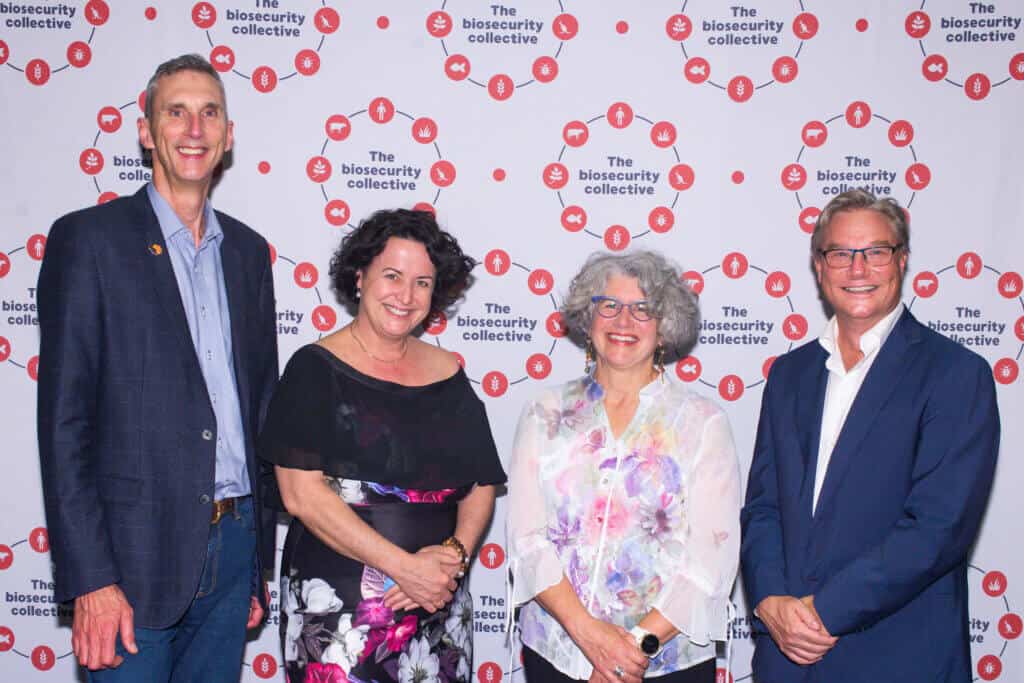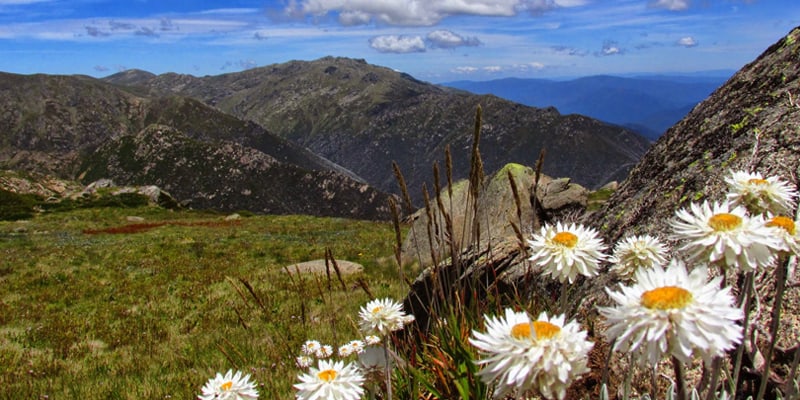 The CSIRO has prepared a valuable and thought-proving report that examines future shocks and trends in Australia’s biosecurity.
The CSIRO has prepared a valuable and thought-proving report that examines future shocks and trends in Australia’s biosecurity.
The report, Australia’s Biosecurity Future, will make you sit up, but there is no unjustified scare-mongering. The authors have carefully assembled evidence for each of the five ‘megatrends’ currently underway or predicted for the next 20-30 years (An Appetite for Change; The Urban Mindset; On the Move; A Diversity Dilemma?; and The Efficiency Era) and what they mean for biosecurity.
The next step was to fast-forward to 2040 where the megatrends are predicted to interact and a set of hypothetical sudden and high impact scenarios or ‘megashocks’ are produced across the biosecurity spectrum.
Environmental megashocks
Of most interest to us are the two environmental megashocks, and they are frighteningly realistic. We might have to face these shocks in 2020 rather than 2040.
The first megashock is the spread of a highly virulent rust across multiple ecosystems. This could be the arrival of a new strain of myrtle rust much more virulent than the existing one (we still don’t know how severe the current strain is). This would result from the combination of three megatrends: greater global movement of goods and people, the expansion of agriculture and growing climate change, and rising costs pressures in the efficiency era. The report notes that the 2010 arrival of myrtle rust shows our ‘vulnerability’ to new rusts.
The second megashock is that government ‘walks away’ from environmental biosecurity. It explains that environmental biosecurity for existing pests and diseases is expensive and the costs difficult to quantify in dollar terms. The ‘long-term horizon of impacts’ means government is largely responsible for environmental biosecurity. Contributing megatrends include rising biodiversity pressures, greater movement of people and goods, and declining biosecurity resources. If government fails to invest in prevention, eradication and management, the report states, ‘the full effects across health, industry and the environment are hard to predict and could be irreversible’.
Decision time
Is there only doom and gloom ahead? The report warns that growing biosecurity challenges and declining resources appear to be pointing towards a ‘perfect storm’. It suggests that making decisions now will allow us to better control future biosecurity challenges.
The way ahead generally is one that addresses complexity and develops common solutions. It urges the biosecurity community to think long-term and to work collectively. It suggests an approach that ‘balances policy initiatives, science and technology investment, as well as education and communication will therefore be most effective’.
Among a collection of ideas it offers two interesting policy suggestions. One is to think about the difficulty of a continued focus on proactive prevention despite the danger that success often breeds complacency. We must maintain a high level of investment in prevention without relying on a major crisis. The second idea is to address the need for new funding models. What incentives could be created to help landowners and the community assist with biosecurity surveillance and what opportunities are there to incorporate biosecurity responsibilities into land tenure agreements?
This report is a timely prod to boost the state of Australia’s environmental biosecurity, which suffers from poor preparedness, being seen as a low priority and fails to learn from our mistakes. As we better understand the true risks that our environment faces, complacency will no longer be accepted as the solution.
The Five Megatrends
Megatrend 1: An Appetite For Change
Growing global food demands creating growth opportunities in Australian agriculture. Growing pressure for greater agricultural intensification, vertical integration and expansion into new areas.
Megatrend 2: The Urban Mindset
Growth in urban populations, increasingly disconnected from primary industries. Consumer expectations in relation to food production are changing and cities continue to encroach upon new areas of land.
Megatrend 3: On The Move
People and goods are increasingly moving around the world in line with growing tourism and global trade. In Australia this sees more cargo and international tourist arrivals and greater interstate movement of goods. Bioterrorism is a potential threat.
Megatrend 4: A Diversity Dilemma
Major biodiversity loss globally and in Australia, with many species on the brink of extinction. Human activity is the main driver.
Megatrend 5: The Efficiency Era
An ageing population is leading to a decline in experienced farmers while biosecurity investment fails to keep up with growing challenges. Technological advances are creating new opportunities.
Twelve Megashocks
- A new race of an exotic wheat stem rust. This would mean substantial yield reductions for wheat, with potential yield reductions in other crops.
- The loss of pollination services from European honey bees due to a multi-state varroa mite incursion. This would mean major economic losses for several of Australia’s fruit, vegetable and nut industries.
- A new exotic fruit fly incursion hitting Australia’s fruit and vegetable industries.
- A variant strain of foot and mouth disease, devastating Australia’s livestock export markets including cattle and sheep.
- A bluetongue outbreak across Australia’s major sheep producing regions. Significant economic losses for Australia’s sheep and wool industries.
- A highly virulent rust spreads across multiple ecosystems. Widespread environmental damage that threatens several plant species, including food sources for a number of animal species.
- The government ‘walks away’ from environmental biosecurity. The CSIRO says the outcome for this one is too difficult to predict.
- The successful establishment of black-striped mussel. Substantial economic losses for a number of industries (including shellfish, fishing and tourism) and significant costs for wharves, marinas and pumping stations.
- An outbreak of infectious salmon anaemia. The decimation of Australia’s salmon industry.
- A nationwide zoonotic disease epidemic. Widespread human infection with the potential for high fatalities.
- A bioterrorist attack. Significant human infection within a particular region, with likely fatalities, depending on the type of attack.
- A rapid spike in antimicrobial resistance. A significant rise in fatalities associated with bacterial and viral infections.
About the report: CSIRO compiled the report in collaboration with Animal Health Australia, Invasive Animals CRC and the Plant Biosecurity CRC and drew on views from experts from a broader range of organisations.




